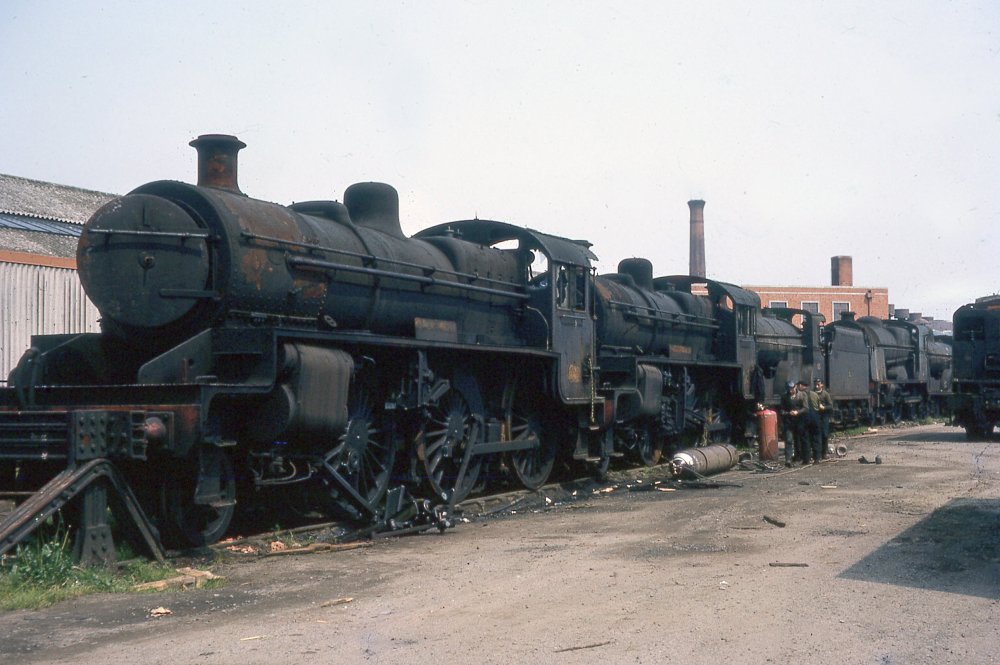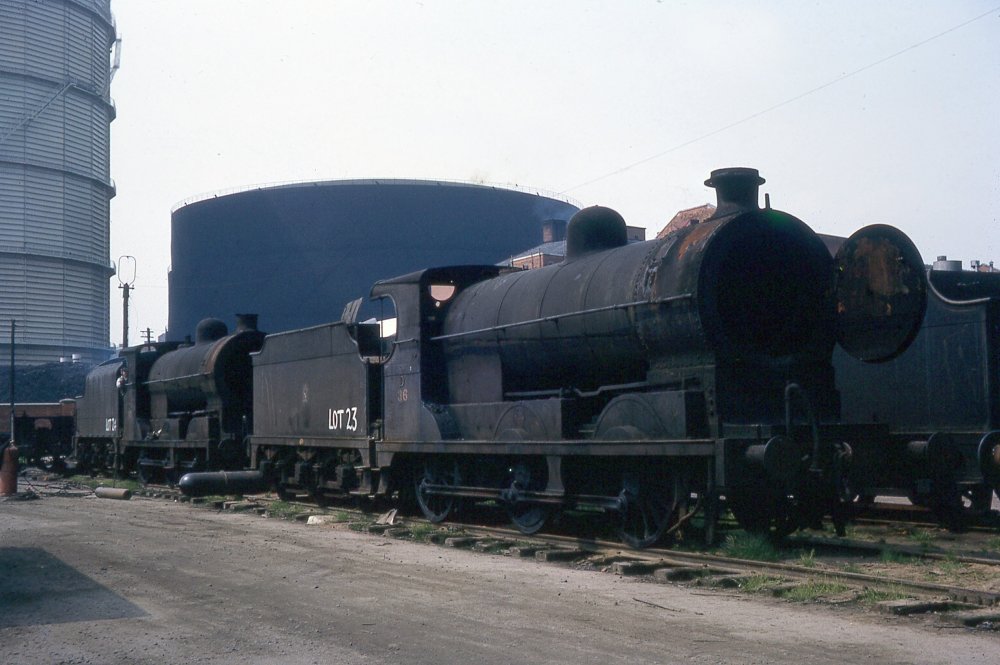-
Posts
15,935 -
Joined
-
Last visited
-
Days Won
394
Content Type
Profiles
Forums
Events
Gallery
Blogs
Community Map
Everything posted by jhb171achill
-
In the winter days, darkness comes early. Here, in 1958, 472 shunts a single open wagon and is later pictured as the winter sun sets after the fire has been dropped and the firebox and smokebox cleared out. She'll be lit again at 05:00 on Wednesday for shunting the beet wagons. . In 1960, the mid-day mixed appears at Dugort Harbour with the branch loco, 650, which shares the duty with a J15 which today is having its boiler washout. . A few years later, it's gone all diesel.... here, the branch train is stabled for the night, but all ready for the early mixed tomorrow morning.
-
For CIE, this is a good one to have - I've two of them. Leslie's "Provincial Wagons" has two - a Great Northern one and a GSWR one. Antique as the latter look, several of them worked into the 1960s, and two of only slightly younger vintage made it into the mid 1970s, so perfect for CIE. Leslie's GNR one will suffice obviously for a GNR layout, but a small number of these vans were also used 1958-early 60s by CIE; one at least ended up in CIE livery (grey) with flying snail logo, and was seen as far away as Cork. Other GNR ones ended up with the UTA and later at least two ended up with NIR on ballast trains. In that guise, they saw service on the NCC. Studio Scale models do a brass "modern" CIE brake van for the 1960-1976 period - most of these ended up brown after 1970. No GNR ones were ever brown, either with the GNR, CIE, UTA or NIR. A small handful of the JM Design ones ended up brown but most were gone or repanelled in steel by then. So between JM Design, Studio Scale Models and Provincial Wagons, all areas of Irish main lines are covered at least to some extent, bar the BCDR.
-
Found this in Senior’s stuff; don’t think it’s his pic, though. So - MGWR main line somewhere - where? And with an “E” (J26) class loco - a branch line engine - why? A note on the back of the print says “W & T?”…… it’s not the W & T, for at least three obvious reasons. I would guess it dates from the 1895 -1910 period. I wondered if it could be a Cavan train on the Mullingar - Inny Junction stretch before it was doubled, but - again - why an E class? Answers on a postcard, please, with a €50 note….
-
Callan's Kicks - Model Railway backdrop to comedy sketch
jhb171achill replied to Noel's topic in General Chat
Yes - it was an awful series! Inda needed a haircut and every episode was filled with crass errors and lazy mistakes, despite one of the researchers contacting a number of railway persons who gave them good advice & info, which they ignored completely, then put said persons’ names in the credits!! Ugh. Hastily put together. In comparison, the crew who did the UTV 2-part about the Enterprise spent some 9 months researching & making it. -
A “workman’s coach” was a name given by the GNR to a type of 3rd class passenger coach as seen in the pic. It wasn’t a departmental or PW / maintenance vehicle - it was always a fully passenger-carrying coach.
-
Glad you asked, Minister, and you've done me a favour while you're at it. First, the model was made by the late "Monty" Montgomery of Bray, a friend of my father's. He would have passed away in the 1960s. I remember visiting him on a number of occasions. He had a truly amazing collection of 5 inch & 3.5 inch gauge models of various Irish locomotives, including this one and one of "Maedb". I am unsure of whether he had never married, or whether he was widowed, as there was nobody else (evident, at any rate) in the house when we would visit. All of his models - and I reckon there must have been 15 or 20 - were fully operational live steam locomotives with the exception of Nos. 36 and 800, whish he was unable to finish due to failing eyesight and dexterity - the sort of things that go with a condition known as "too many birthdays"! He had obtained the drawings directly from my grandfather in Inchicore's Drawing Office, which is how he knew my family. He built all of his models directly off the original plans, or in the case of 36 fro measurements of the real thing. The tender was still extant when he started the model of 36. As Monty aged, he gave them all to my father, but he took the view that they deserved to be seen by a wider audience, so he arranged for the Belfast Transport Museum to take them, as nobody in any museum organisation Dublin had the slightest interest. I am unsure whether he offered them to the IRRS at the time, but they too would not have had the room to store, let alone display them. So they ended up in Witham Street, where most of them went on display for a number of years. Once the move to Cultra took place, they went into storage again. I am unsure of the current position, but as models they put just about everything else that anyone has ever made into the ha-penny place - they are utterly superb down to the last detail, and all bar the two unfinished ones fully live-steam operational. Now, Minister - I said you did me a favour. You've triggered something in my mind about where the photos are of these locos. This has made me realise that the several hundred pics of my father and grandfather's which I have been posting here the odd time when the whim takes me, are NOT the whole lot - as I remember my father taking pictures of ALL Monty's models, not just the two I've shown. So this begged the question where are the other photos? And that, in turn, begged the question where are the photos he took of the Portadown - Armagh line being lifted? I can't find them. So a search started this morning. I have yet to uncover the aforementioned, which will continue to niggle at my mind until I find them - but what I DID uncover instead was a brown envelope. No, not Northern Bank tenners (I keep them in the second drawer in the freezer), but a pile of old negatives which I was unaware of. I thought they were duplicates of other stuff I have but lo and behold, they are not. So I will bring them to "my man" in the coming days and get them scanned. They are very old - there's a series of a loco being fished out of a river bed in Wexford during the "Troubles" and there's an old 2.2.2 of some sort, so they must be my grandfather's. So, there's your answer; customarily long-winded, of course, but it answers your question! And yes, the whole of 36, not just the tender, did indeed come within a whisker of being scrapped. Of the two D & KR coaches which survived with it, one was scrapped and the other is in Cultra.
-
CIE didn't have a monopoly on filthy steam locos! This Jeep is still in traffic in 1969 here, but interestingly its number plates have been taken off (wonder who has them!) and a crude "NIR" has been "applied by hand" to the tank sides! Not sure which one; it's fifty-something, by the look of the buffer beam. (H C A Beaumont)
-
jhb171Senior was in Porteeedown, as 800 passed at snail's pace in the company of the ex-MGWR Dargan Saloon towards the erstwhile Belfast Transport Museum in the early 1960s.
-
Rachelstown and St Stephens Green
jhb171achill replied to The Derry Road's topic in Irish Model Layouts
OUTSTANDING stuff, Raymond. -
Wouldn't be the first time the rules were broken - though that one would have carried with it a VERY high risk of a low-speed derailment! Senior saw this back in 1952 or 3 - No. 100 with the goods which was then typically operating once or twice a week. he said it was "threading its way carefully through the weeds" - and that's with three open wagons and No. 5J - the sole remaining T & CLR goods brake van! .... I wonder if it was the same driver! That's Senior's car on the left - a 1951 light green Ford Prefect. He had it until about 1965 by which time - even then - it looked like an antique. I went to school in that - ZL 4196. And a few bits of oul hardware. This lot would get nice auction prices today!
-
Something a little bit different - my own photos of the Ardara BnM system, back in the day; I believe this was about 1995. . No. 36: It's there now, and it was there back in the early 1960s when this was taken! The green it's in here is probably more accurate for pre-1875 GSWR green than what it's in nowadays. And a FIVE INCH gauge version of it. Any guesses? It was made in the 1940s, and it was not made by Cyril Fry!
-
The line speed limit was 7 to 10 miles an hour! The timetable allowed twenty minutes for the three mile run between Courtmac and Timoleague!
-
I'd be afraid I'd end up arguing with trumpists, anti-vaxxers and other random conspiracy wackos!
-
I'm seeing that several of the above posts come from Twitter. I have up until now studiously avoided going anywhere near twitter; those on it might comment on the extent to which it is of any use in terms of railway interest? Is it just a duplicated version of interweb stuff? Or is there more to see? I see the IRRS is on it - I wasn't aware of that.
-
Good dream, though!
-
Can you IMAGINE!!! Agreed totally!
-
Do you mean in real life? Downpattick has three locomotives, of which two are in working order. The RPSI has about ten, of which I think three are currently in working order. The Cavan & Leitrim have two, with one in w/o. Over the years, between the three, typically anything from 4 to 7 steam engines are operable.
-
They are, yes, agreed - though I'm afraid it's more than the odd error! He got to many places that other enthusiasts didn't and seems to have a special interest in the innards of signal cabins and their staff. That alone is gold dust - not many others thought of that. He was a very nice man to talk to.
-
Wonder what they mean by “616” vans? Probably 61ft 6ins….!!! The National Library’s categorisation of O’Dea’s pictures is riddled with mis-spellings, misinterpretations and numerous straightforward errors!
-
I don't believe so, I think it's safe to say no. There weren't that many of them and the livery wasn't that long in existence; they were eventually repainted in blue & grey with "bumblebee" stripes.
-
-
-
I was in the cab of an 071 on the Cork line about 1979 and he was delayed leaving, then held at a signal somewhere near Kildare, making him ten minutes down overall. Begad, he threw the anchor and parachutes away after that (about 8 or 9 Mk 2s and genny van behind), and on what they driver referred to as “the racetrack” between Templemore & Thurles he was doing 84…. I think, though stand to be corrected, that the line limit there was 70….
-
If you’re looking at GNR stuff on the GSWR, the best bets are the 100 cement vans - like CIE “H” vans only with corrugated ends a bit like many British goods vans. Then you’ve the German diesel, K801, which operated for a while on the Cobh line. While as I said before I’ve no particular recollection of seeing a photo of an ex-GNR coach on the main line, and I never saw one myself, that’s not to say that a K15 or something like that never made such a trip. It’s your layout - and a green K15 may possibly appear at Dugort Harbour! Model the DSER in the 60s and GNR stock is common…. For the GSWR in that era, though, laminates, Bredins, Cravens & the more modern wooden GSWR corridor stock are the only show in town.
.png.c363cdf5c3fb7955cd92a55eb6dbbae0.png)




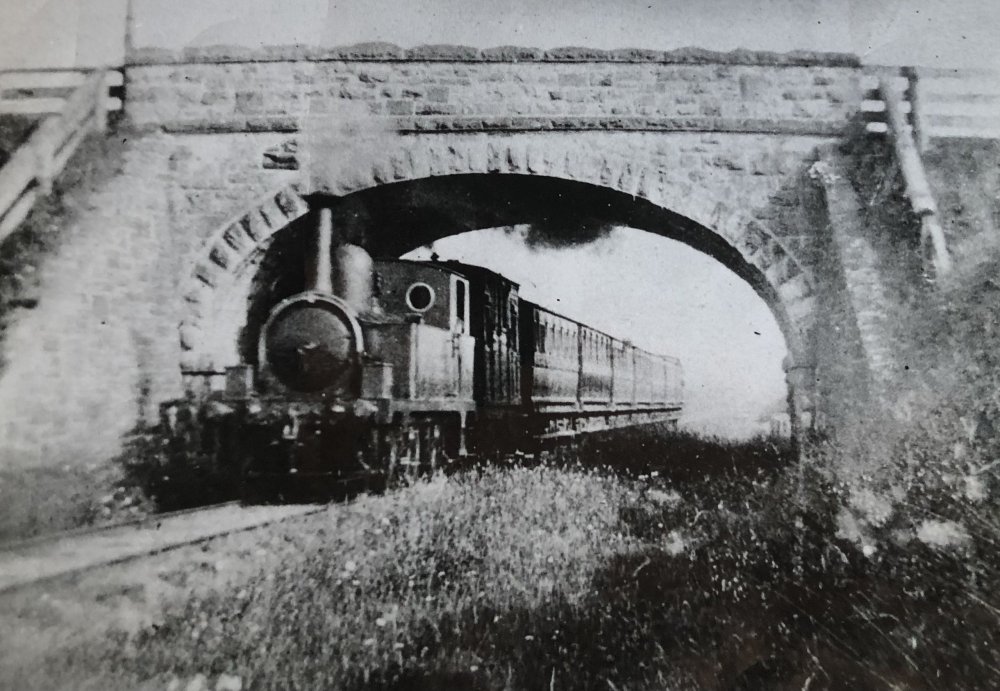

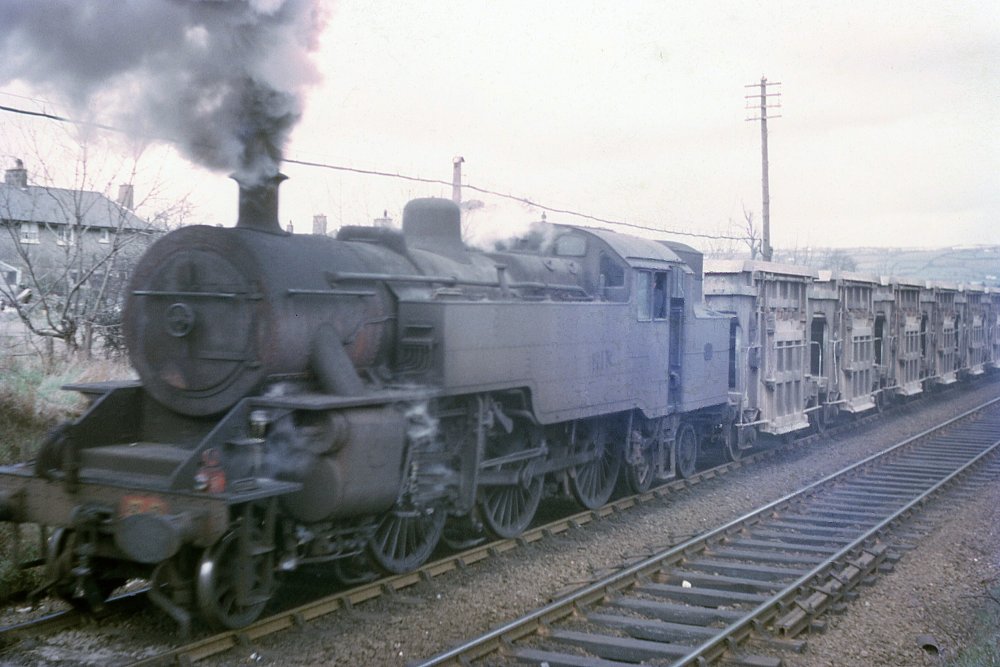
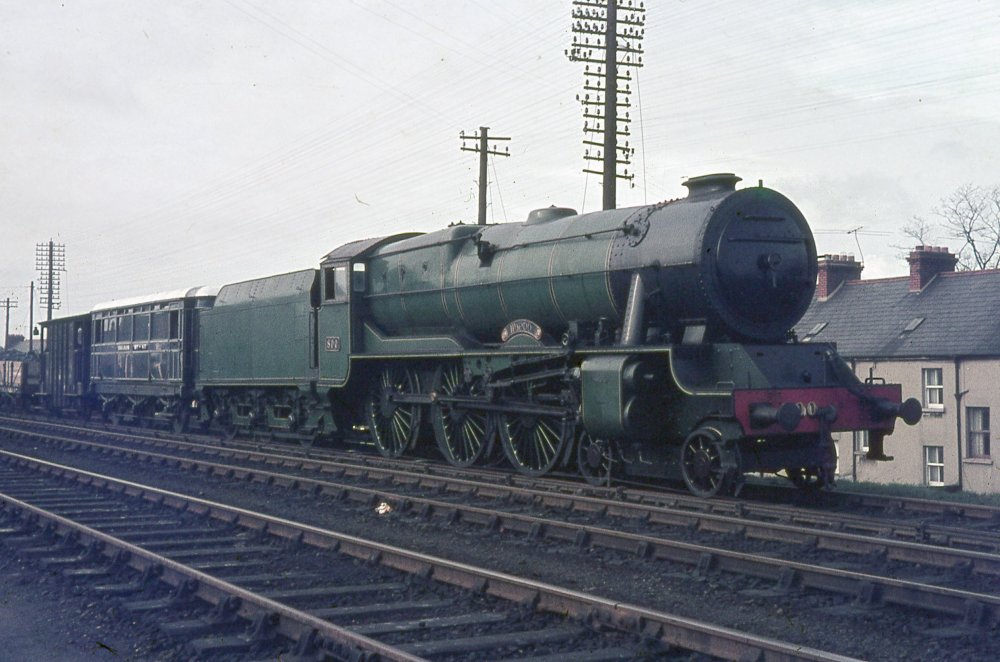
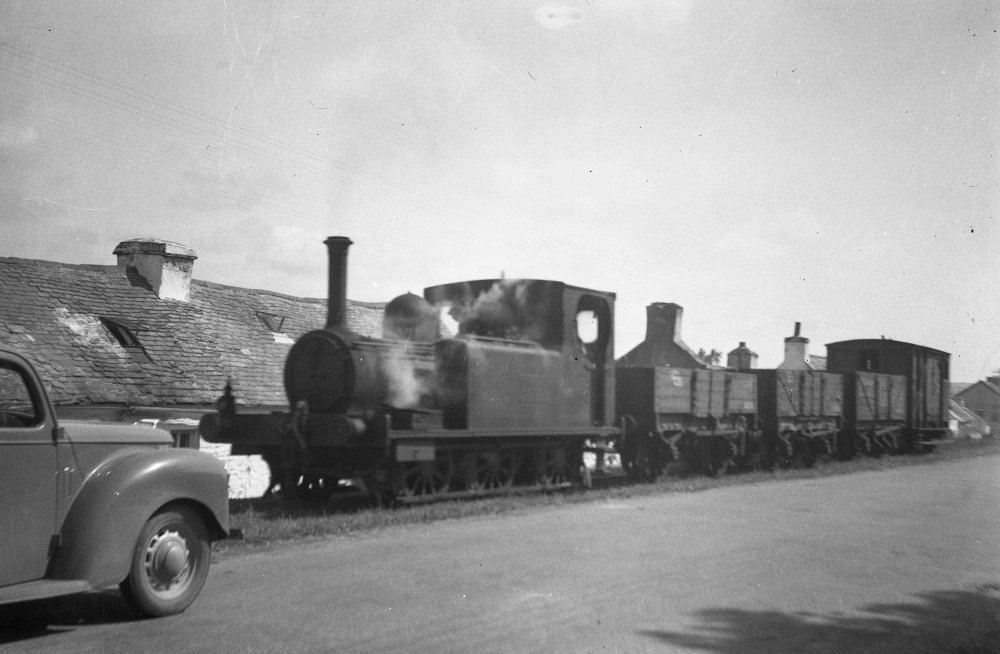
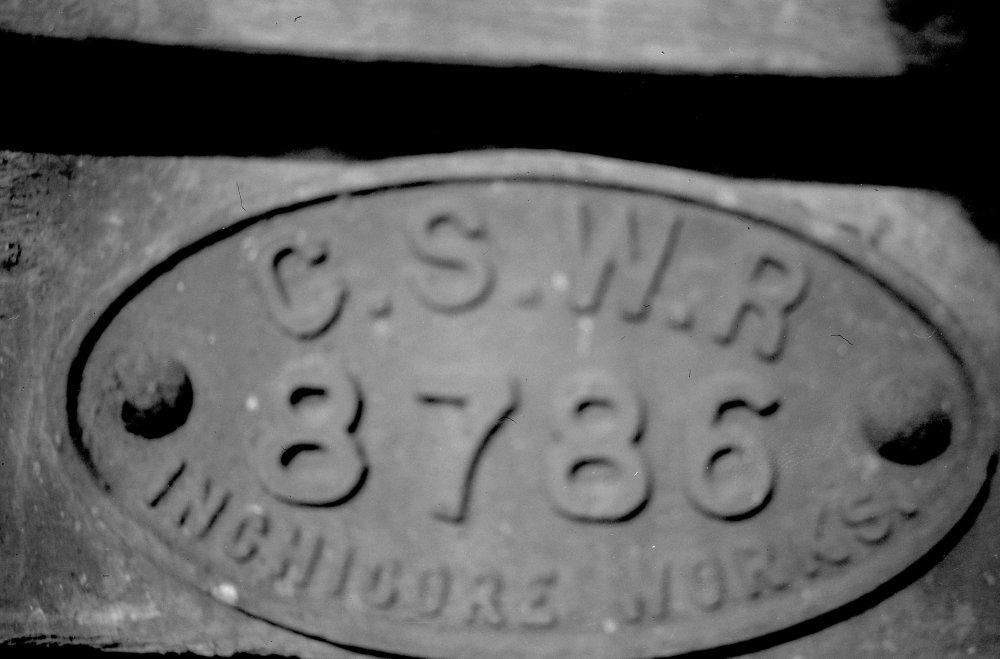
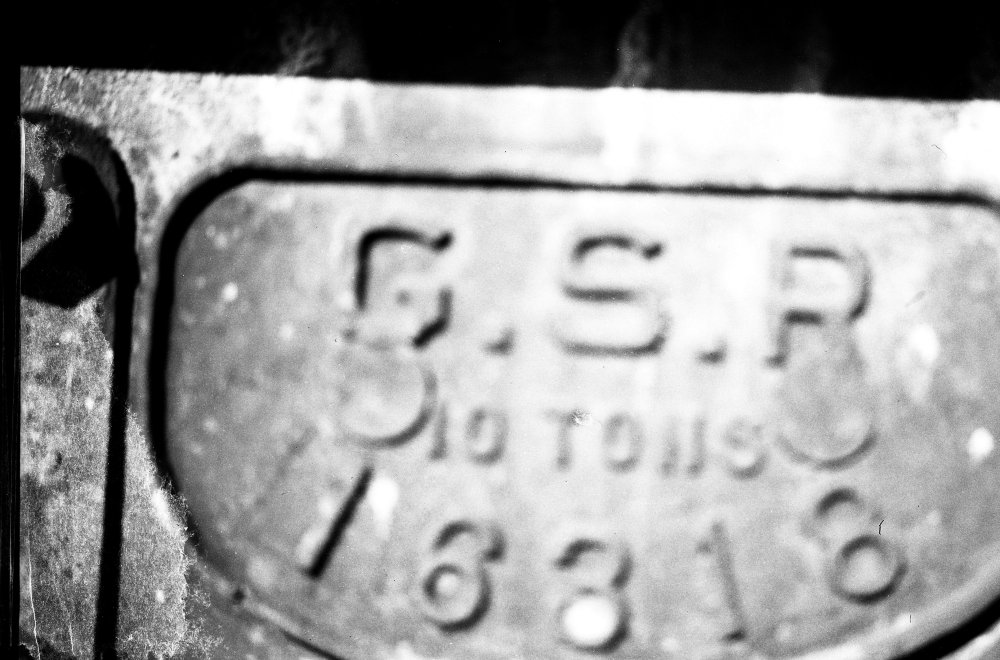
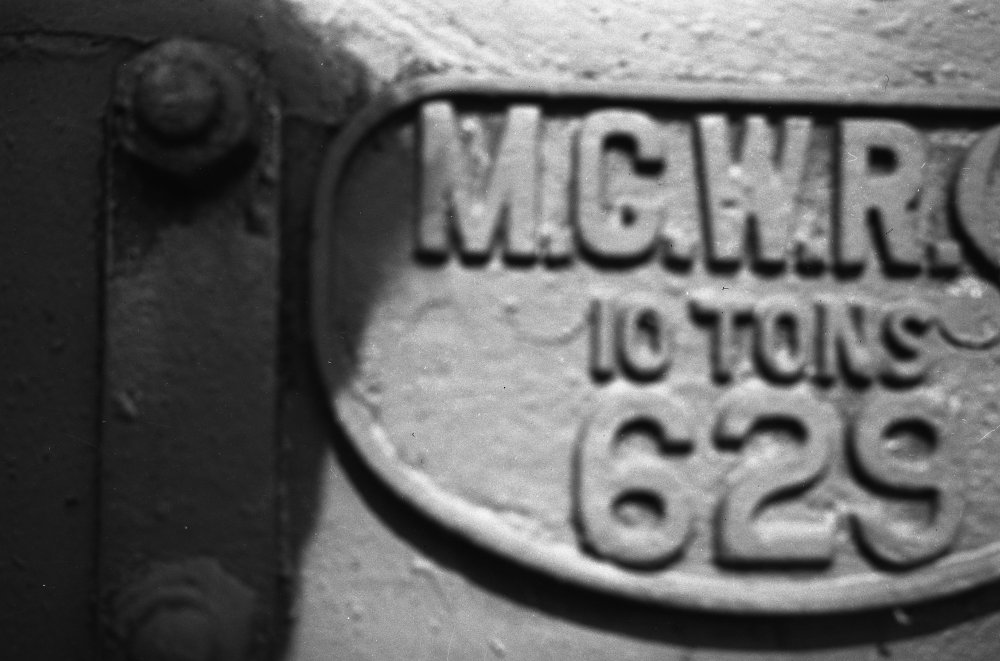
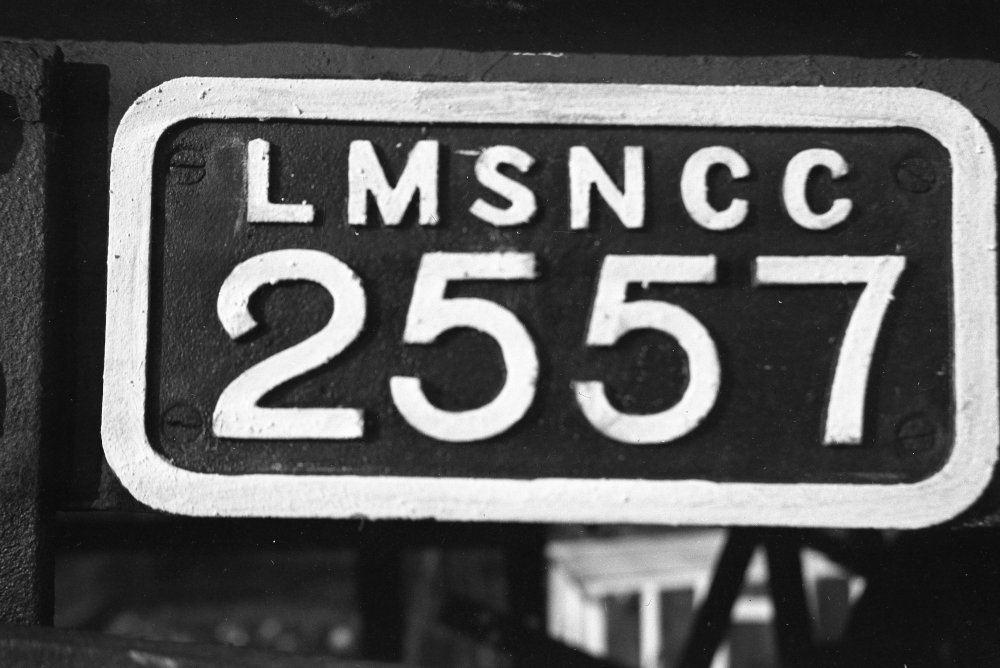

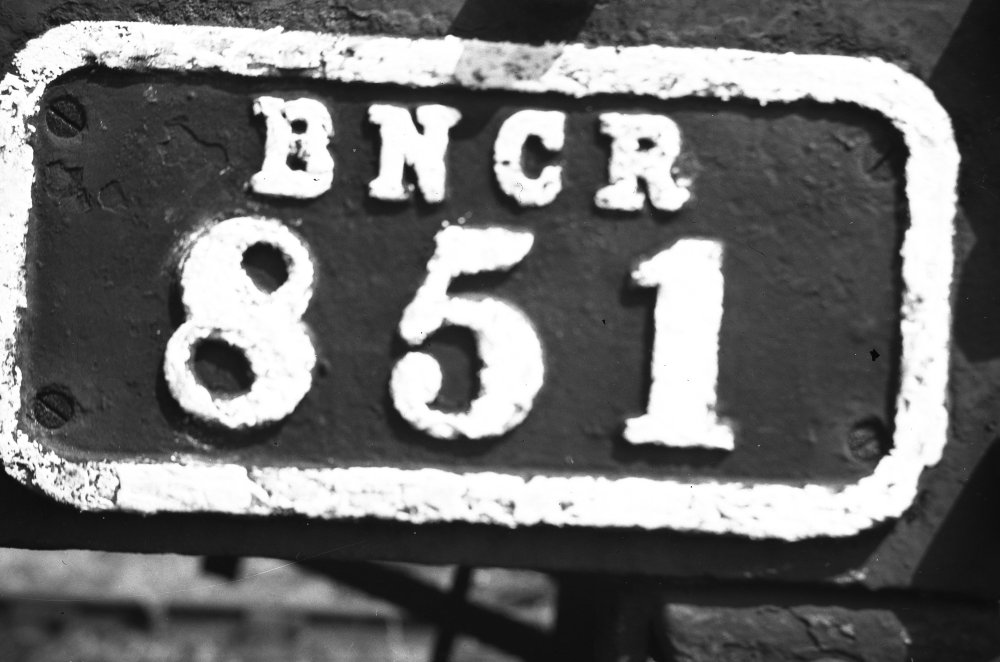
.thumb.jpg.e94c3a5bb6481328c0cf7dce4b205654.jpg)
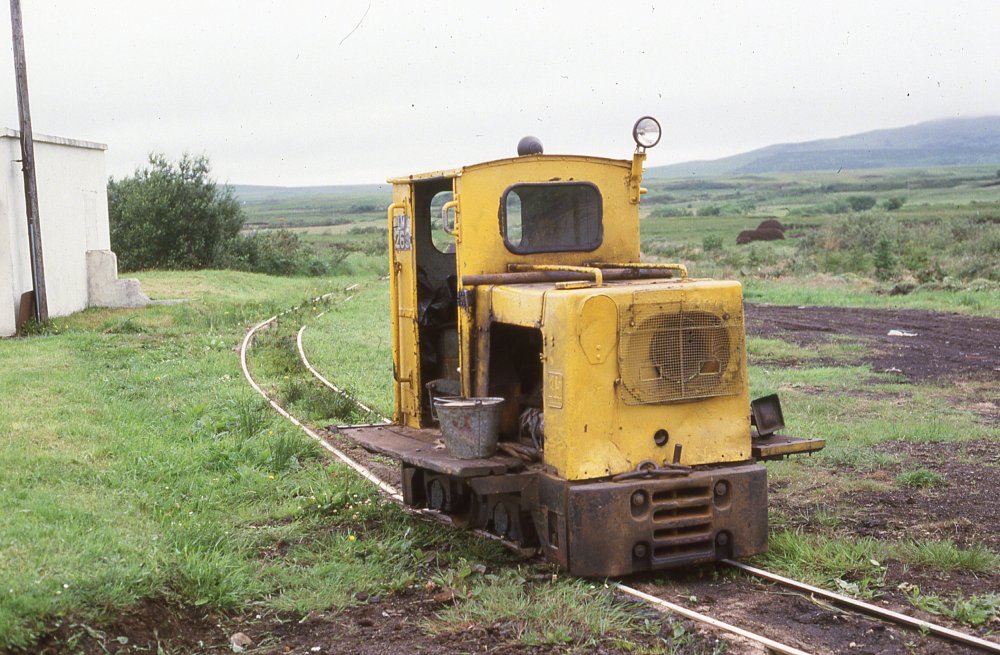
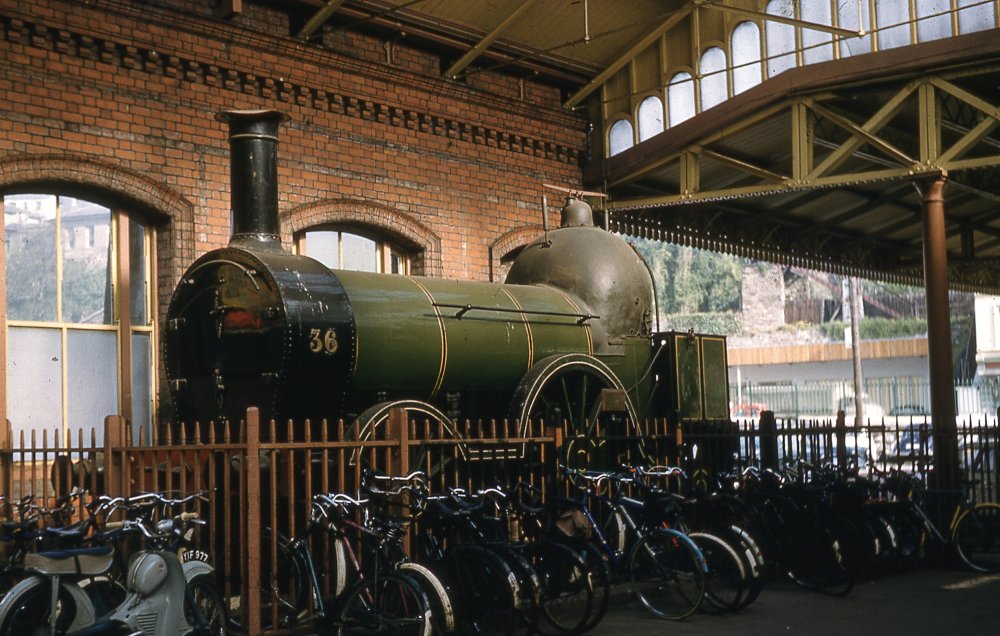
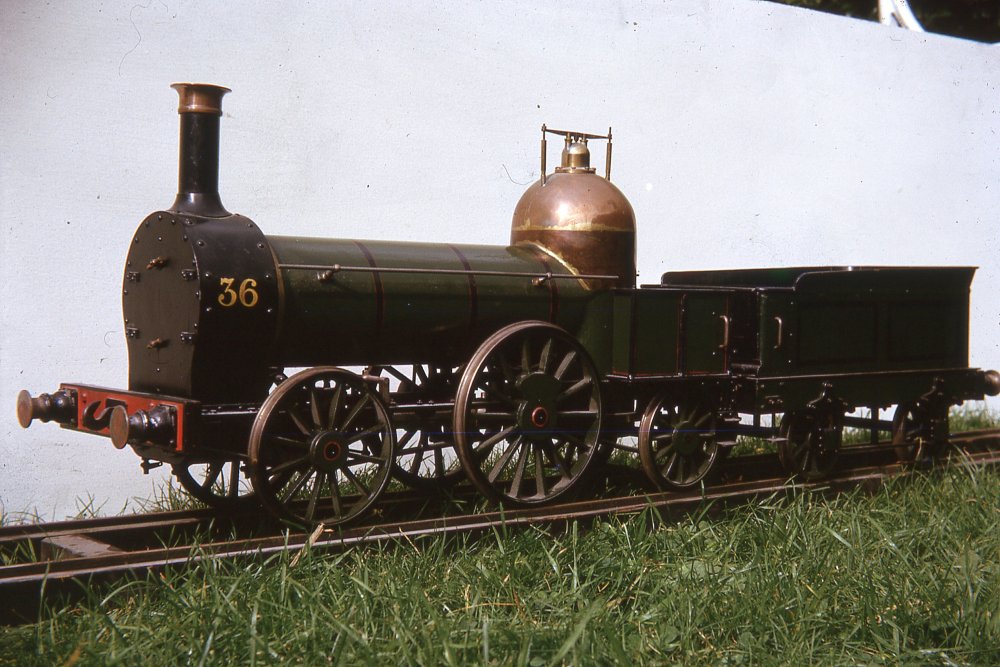
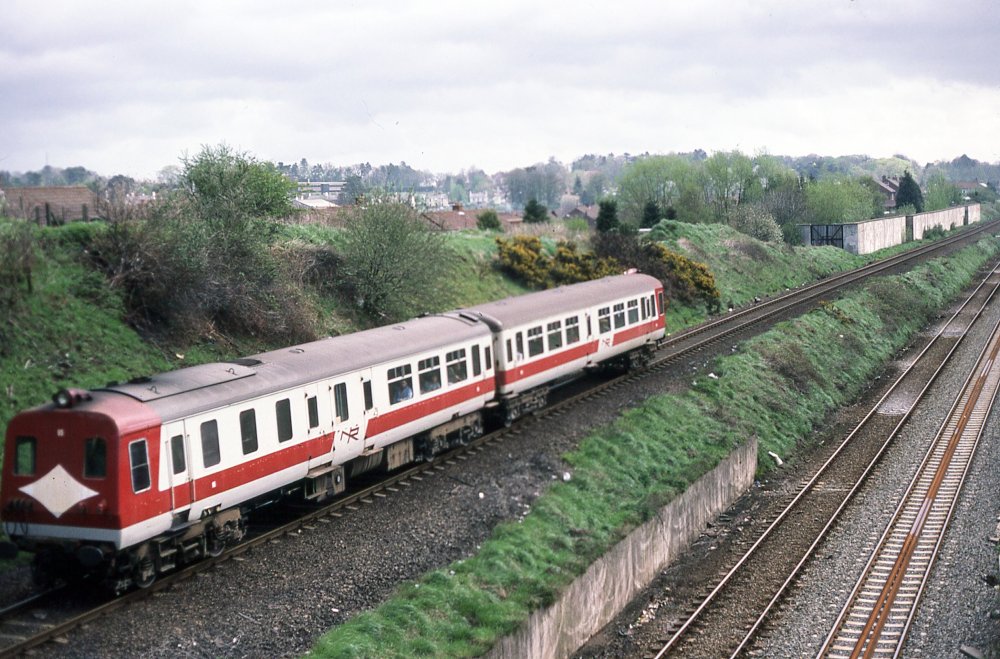
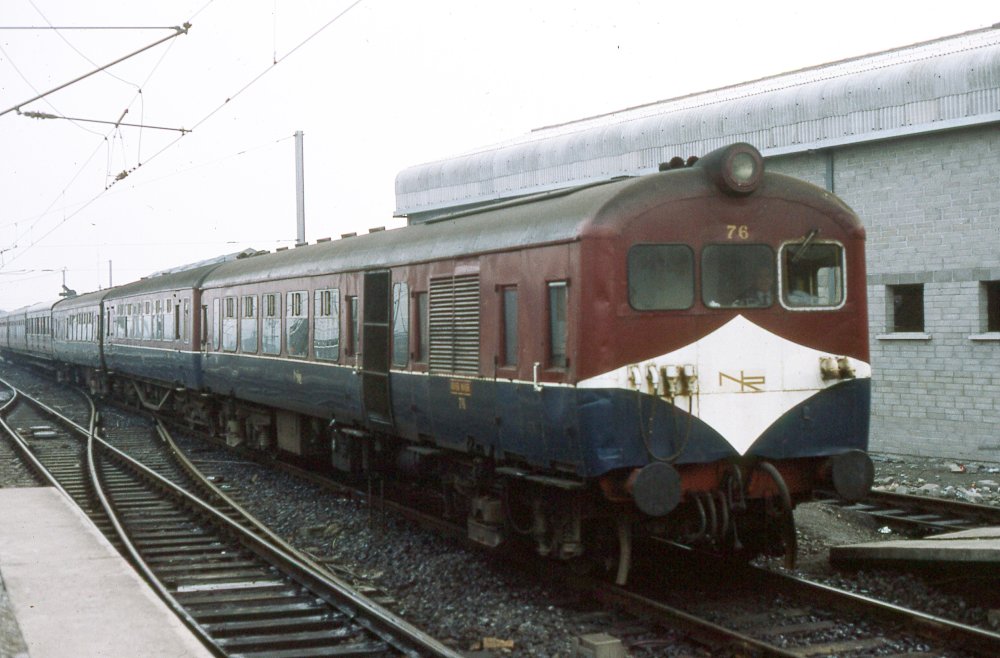
.thumb.jpg.8c56620137a6cbf9752e95fa38785691.jpg)
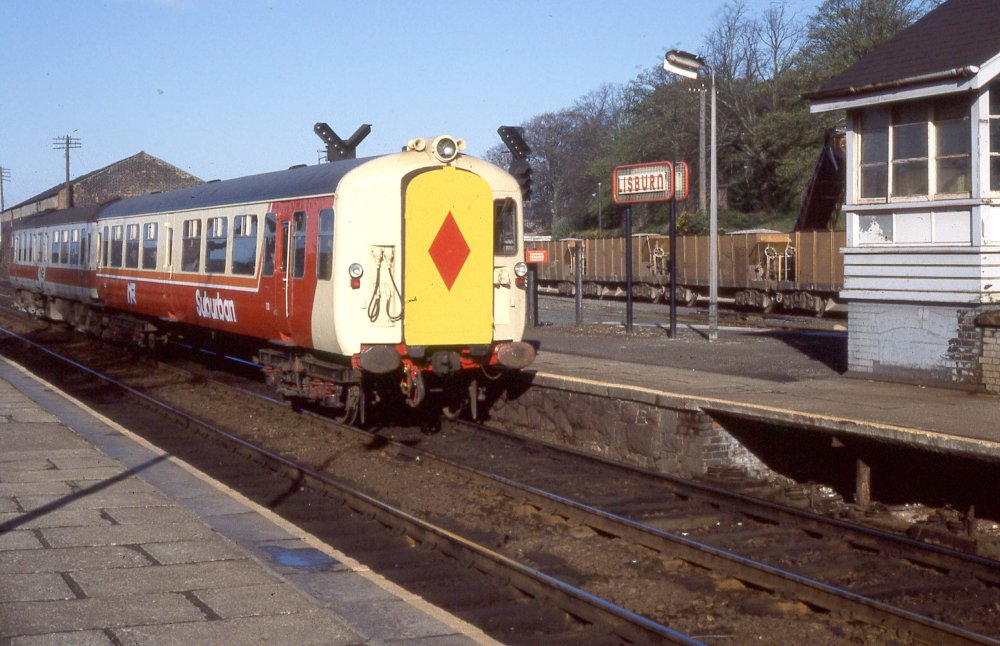


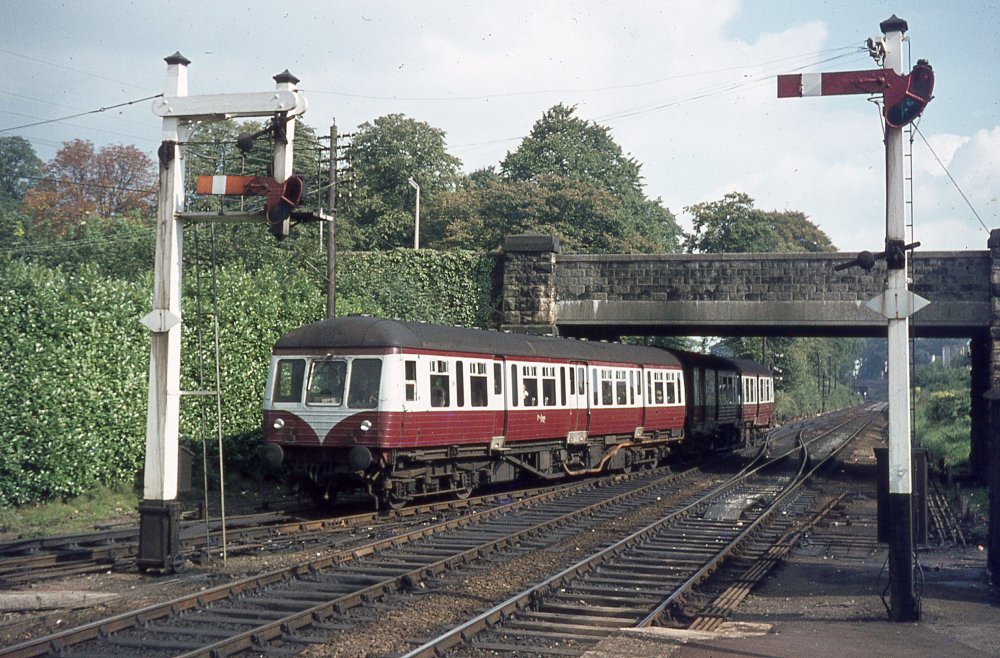
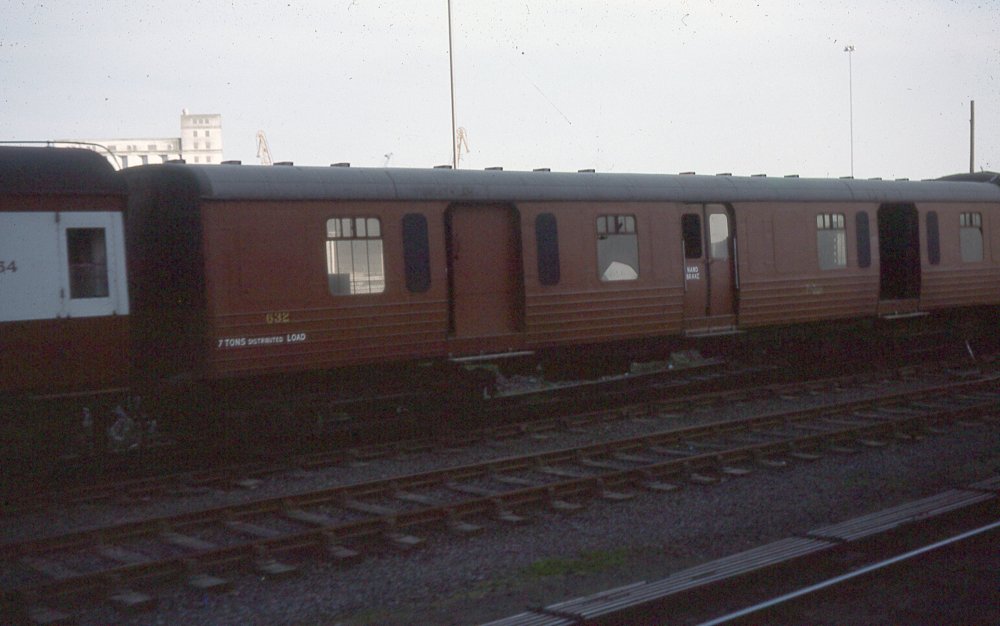
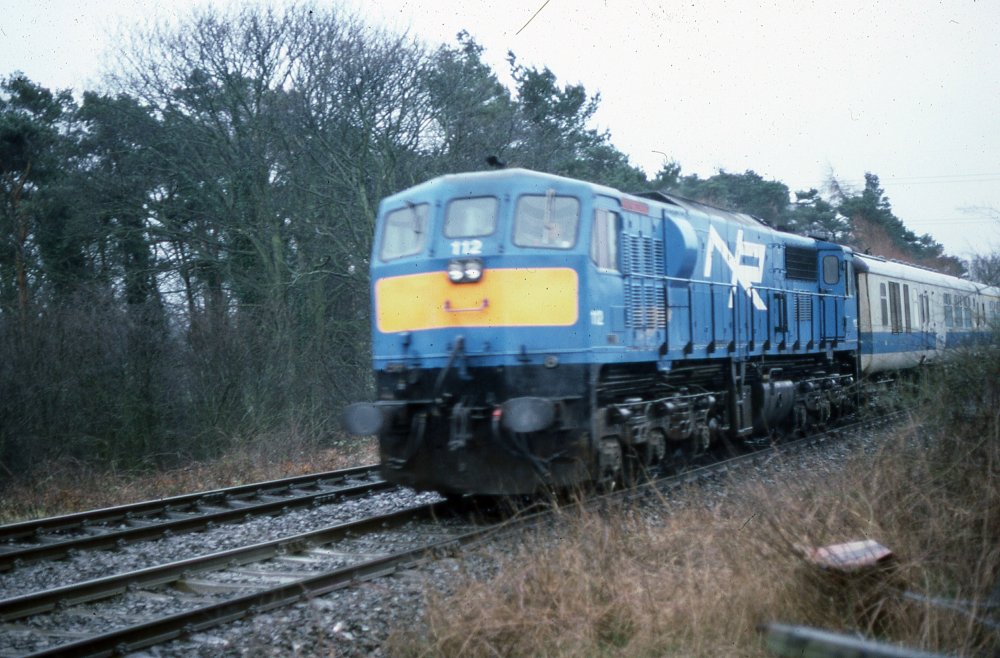
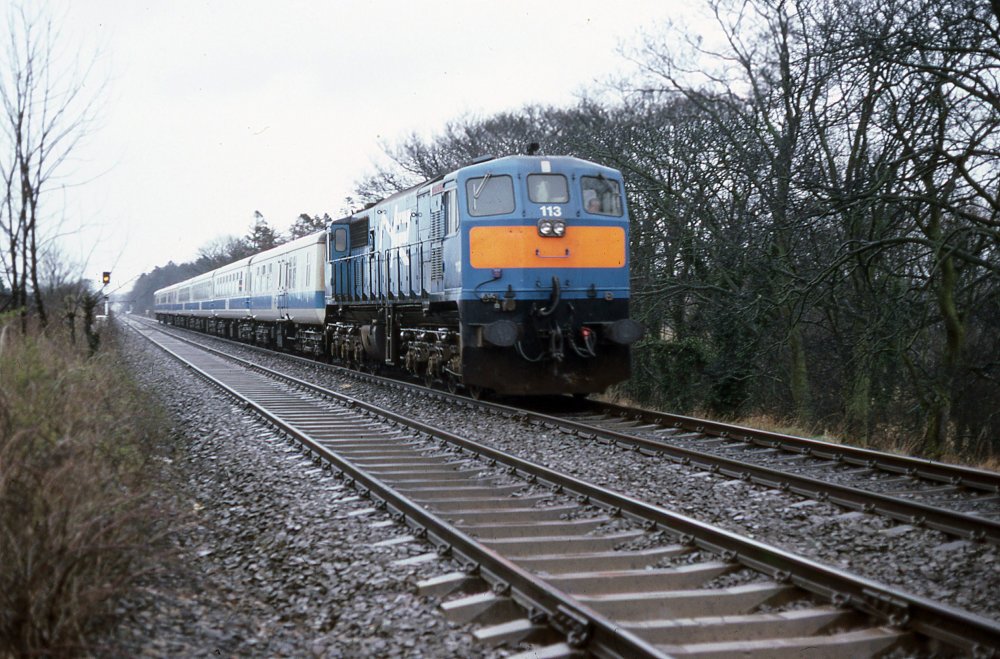
.thumb.jpg.6c5b361ab594ca59fb189e8060e58301.jpg)
.thumb.jpg.31f4dbac4e0178e9412433b24cd323dd.jpg)
